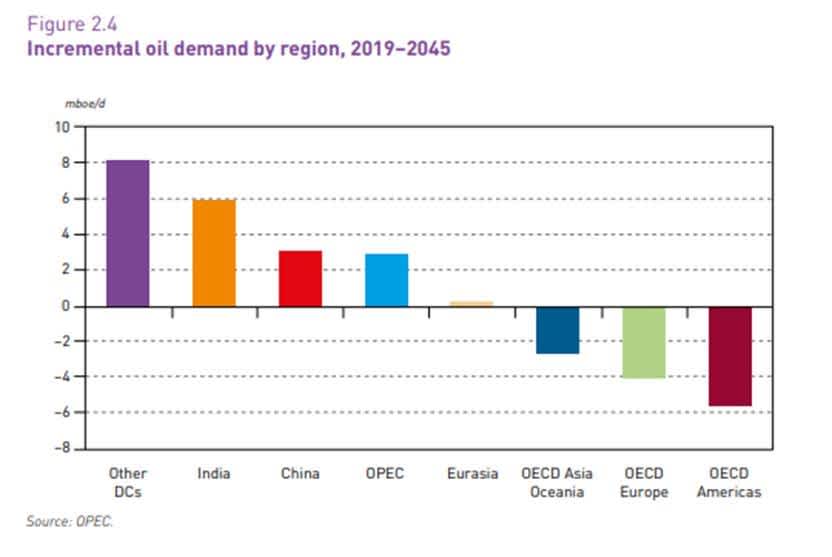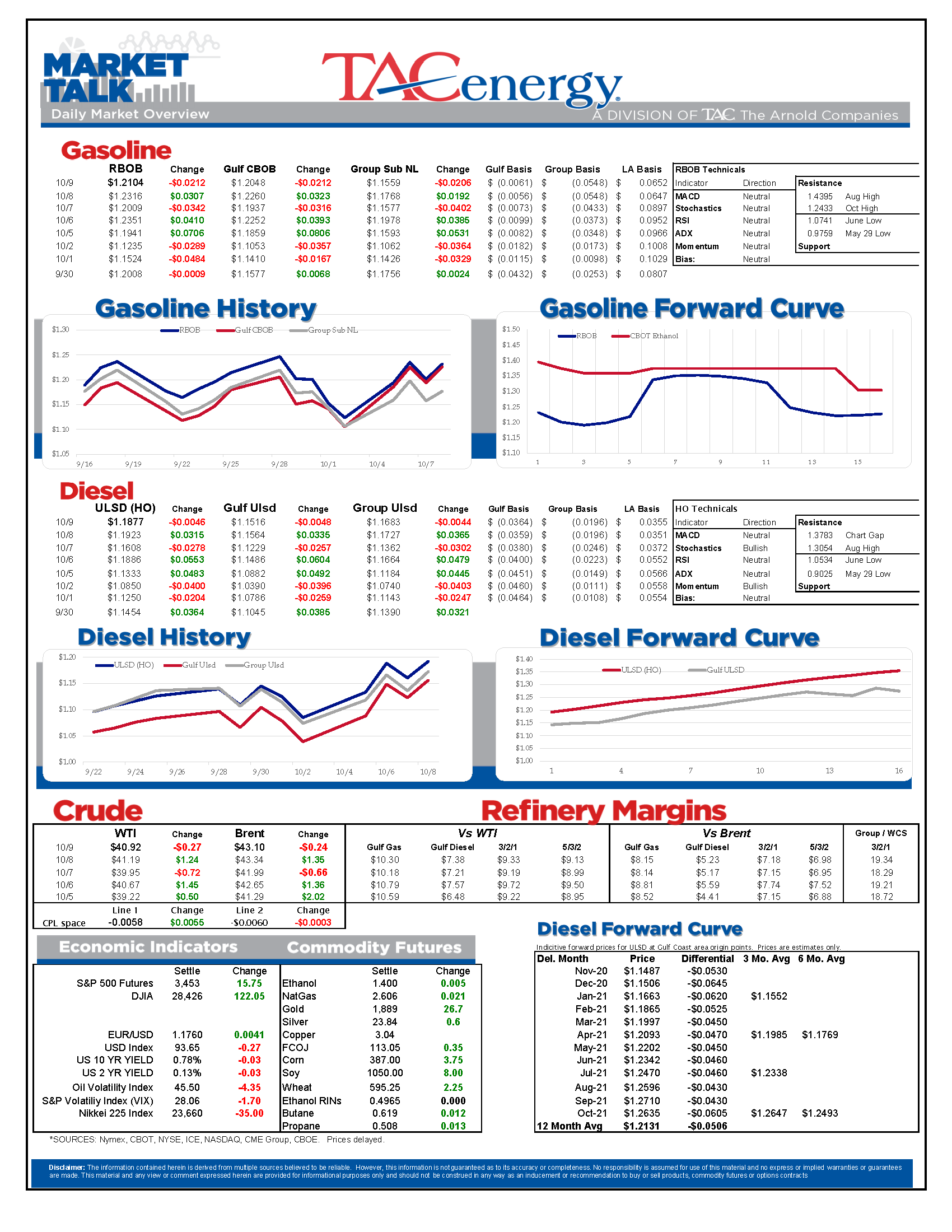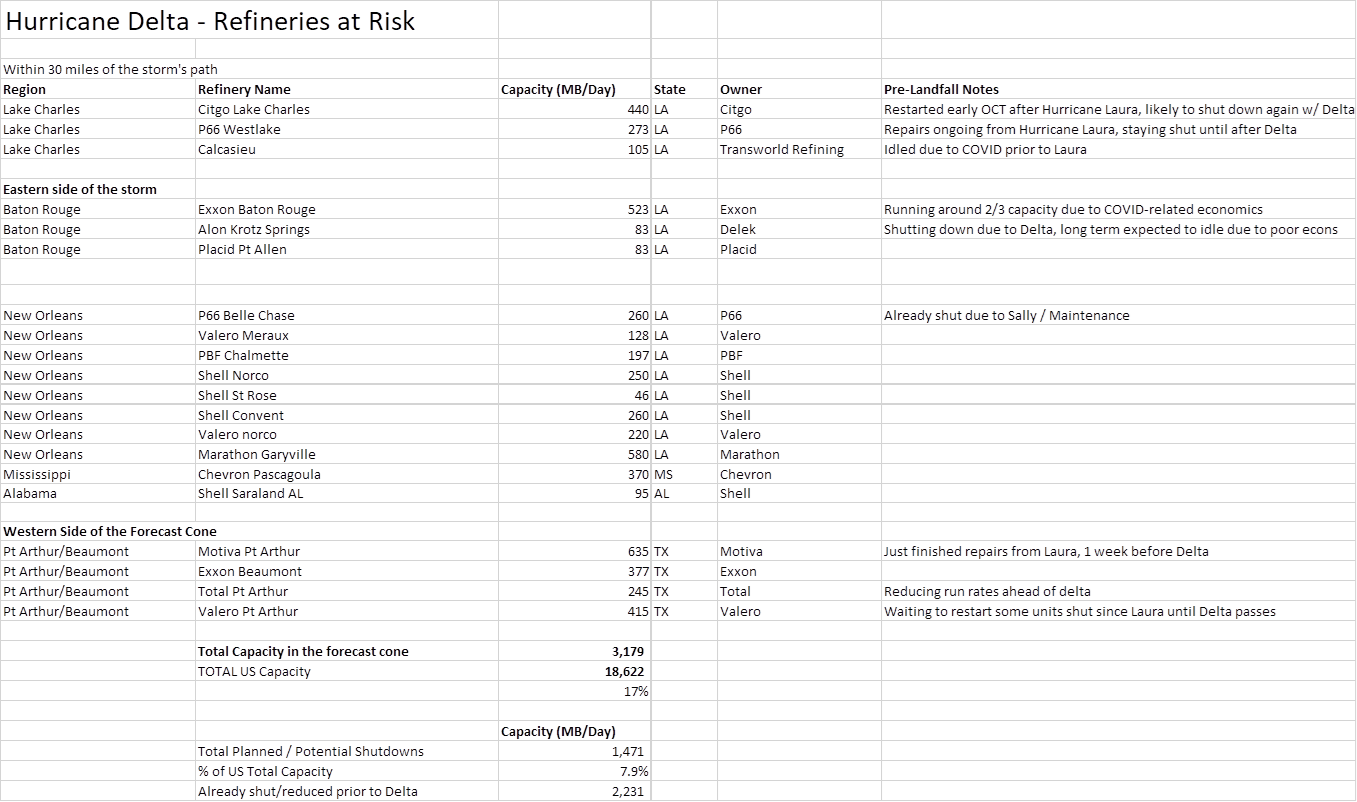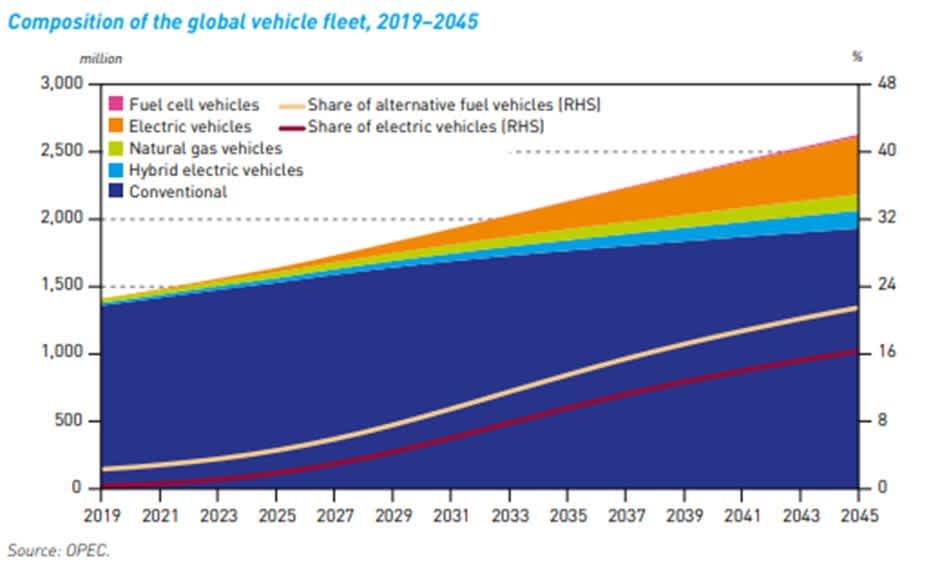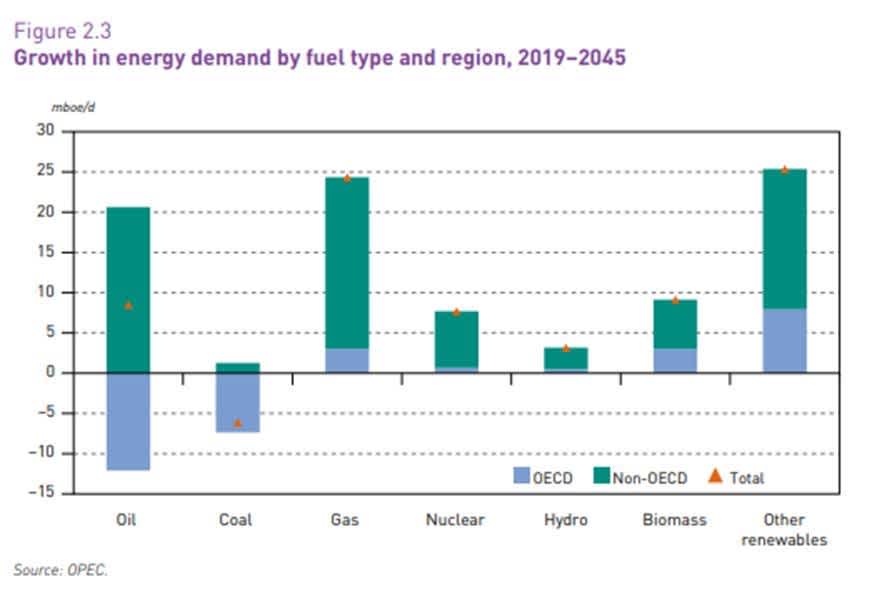The Question Roiling Equity Markets

It’s a weak start to end a strong week for energy prices that have had plenty of back and forth action from the storms swirling around Louisiana and Washington D.C.
Delta looks like it should have relatively minor impacts on supply infrastructure along the gulf coast. Potentially, there should be no noticeable impact on the adjacent markets, as it’s taking a favorable track while it heads towards landfall tonight.
Stimulus or not continues to be the question roiling equity markets this week with a flurry of mixed signals from both the legislative and executive branches of government, and many are expecting more volatility due to uncertainty surrounding the election.
After all the choppiness in the past few weeks, refined product prices find themselves essentially in the middle of the sideways trading range that’s held them since June, leaving the technical outlook neutral near term, while longer term charts still hint at a larger move lower if prices can’t sustain a rally soon.
Delta is currently a Category 3 storm with winds around 120 miles an hour, and is expected to make landfall east of Lake Charles later tonight with winds around 100 miles an hour. It looks like Delta will hit less than 20 miles from where Laura made landfall, with numerous homes and businesses still not repaired from that storm. The good news is Delta is not nearly as powerful as Laura (100 mph vs. 150 mph for Laura) and Lake Charles looks like it will stay on the west side of the storm instead of taking a direct hit like it did six weeks ago. However Delta is a very large storm, so storm surge, tornados and power outages are expected to threaten almost all of the entire Louisiana coast line.
The current path of the storm would essentially thread the needle by hitting right in the middle of a 350 mile stretch of coastline. This is home to 27 refineries, which accounts for 40% of total U.S. capacity. The eye of the storm would not come within 30 miles of any one of those plants. Most of the facilities in Lake Charles and Pt. Arthur aren’t betting that will mean no impact on operations however, with many shutting units until the storm passes, as power outages are still a major concern and have the potential to be much more widespread than the storm itself.
OPEC’s World Oil Outlook highlighted the numerous challenges faced by the industry in the coming years due to COVID and the accelerated push towards renewables in many areas, but still estimates that oil will continue to be the largest piece of the global energy puzzle through 2045. The report also suggests that global oil consumption will continue to grow during the next 25 year stretch, although developed countries like the U.S. may have already seen their peak oil demand, and that a wave of oil refinery consolidation is required to balance the market.
A handful of other highlights from the WOO:
Oil demand growth is expected to recover during the medium-term, linked to demand ‘catching up,' especially in the sectors affected the most by restrictions during the COVID-19 crisis. These include the aviation, road transport and industry sectors.
U.S. tight oil will grow until around 2030, but not as much as previously expected
Crude distillation capacity is expected to increase by 15.6 mb/d until 2045, with a significant slowdown in the rate of required additions
Natural gas will be the fastest-growing fossil fuel between 2019 and 2045
‘Other renewables’ [Solar, Wind, Geothermal] retain the position of fastest growing source of energy in both relative and absolute terms
This article on the concerns over cooking and heating fuel shortages due to the closure of Newfoundland’s only refinery offers a glimpse of the numerous logistical headaches that will come from the rash of closures taking place around the world. In short, there’s still ample supply around the world, but the distribution network will take years to adjust.
One of the more popular of the numerous “clean” energy sources that are making their way through the news lately is Hydrogen. A WSJ article Thursday noted that the biggest challenge facing this alternative fuel is it requires lots of fossil fuels to produce.
Click here to download a PDF of today's TACenergy Market Talk.
Latest Posts
Week 16 - US DOE Inventory Recap
Energy Markets Trading Quietly In The Red As Ethanol Prices Rally To Five-Month High
The Struggle For Renewable Producers Continues As A Rapid Influx Of Supply And Crashing Credit Prices Make Biodiesel
After Years Of Backwardation, Diesel Prices Have Slipped Into Contango Over The Past Week
Social Media
News & Views
View All
Week 16 - US DOE Inventory Recap

Energy Markets Trading Quietly In The Red As Ethanol Prices Rally To Five-Month High
Energy markets are trading quietly in the red to start Wednesday’s session after a healthy bounce Tuesday afternoon suggested the Israel-Iran-linked liquidation had finally run its course.
There are reports of more Ukrainian strikes on Russian energy assets overnight, but the sources are sketchy so far, and the market doesn’t seem to be reacting as if this is legitimate news.
Ethanol prices have rallied to a 5-month high this week as corn and other grain prices have rallied after the latest crop progress update highlighted risks to farmers this year, lower grain export expectations from Ukraine, and the approval of E15 blends this summer despite the fact it pollutes more. The rally in grain and renewables prices has also helped RIN values find a bid after it looked like they were about to test their 4-year lows last week.
The API reported small changes in refined product inventories last week, with gasoline stocks down about 600,000, while distillates were up 724,000. Crude oil inventories increased by 3.2 million barrels according to the industry-group estimates. The DOE’s weekly report is due out at its normal time this morning.
Total reported another upset at its Port Arthur refinery that’s been a frequent flier on the TCEQ alerts since the January deep freeze knocked it offline and damaged multiple operating units. This latest upset seems minor as the un-named unit impacted was returned to normal operations in under an hour. Gulf Coast basis markets have shrugged off most reports of refinery upsets this year as the region remains well supplied, and it’s unlikely we’ll see any impact from this news.
California conversely reacted in a big way to reports of an upset at Chevron’s El Segundo refinery outside of LA, with CARBOB basis values jumping by more than a dime. Energy News Today continued to show its value by reporting the upset before the flaring notice was even reported to area regulators, proving once again it’s ahead of the curve on refinery-related events. Another industry news outlet meanwhile struggled just to remember where the country’s largest diesel seller is located.
Click here to download a PDF of today's TACenergy Market Talk

The Struggle For Renewable Producers Continues As A Rapid Influx Of Supply And Crashing Credit Prices Make Biodiesel
The sigh of relief selloff continues in energy markets Tuesday morning, with gasoline prices now down more than 20 cents in 7 sessions, while diesel prices have dropped 26 cents in the past 12. Crude oil prices are within a few pennies of reaching a 1 month low as a lack of headlines from the world’s hot spots allows some reflection into the state of the world’s spare capacity for both oil and refined products.
Gasoline prices are trading near a 6-week low this morning, but still need to fall about another nickel in order to break the weekly trendline that pushed prices steadily higher since December. If that trend breaks, it will be safer to say that we saw the end of the spring gasoline rally on April 12th for the 2nd year in a row. Last year RBOB futures peaked on April 12 at $2.8943 and bottomed out on May 4th at $2.2500. The high (at this point) for this year was set on April 12th at $2.8516, and the low overnight was $2.6454.
It’s not just energy commodities that are seeing an unwind of the “flight to safety” trade: Gold prices had their biggest selloff in 2 years Monday and continue to point lower today. Just how much money poured into commodities in the weeks leading up to the direct confrontation between Israel and Iran is unclear, but we have seen in year’s past that these unwind-events can create a snowball effect as traders can be forced to sell to cover their margin calls.
Supply > Demand: The EIA this morning highlighted the record setting demand for natural gas in the US last year, which was not nearly enough to offset the glut of supply that forced prices to a record low in February. A shortage of natural gas in Europe was a key driver of the chaotic markets that smashed just about every record in 2022, and an excess of natural gas supply in Europe and the US this year is acting as a buffer, particularly on diesel prices.
The struggle for renewable producers continues as a rapid influx of supply and crashing credit prices make Biodiesel, RD and SAF unprofitable for many. In addition to the plant closures announced in the past 6 months, Vertex Energy reported Monday it’s operating its Renewable Diesel facility in Mobile AL at just 50% of capacity in Q1. The truly scary part for many is that the $1/gallon Blender's tax credit ends this year and is being replaced by the “Clean” Fuel production credit that forces producers to prove their emissions reductions in order to qualify for an increased subsidy. It’s impossible to say at this point how much the net reduction will be for domestic producers, but importers will get nothing, and at current CI values, many biodiesel producers may see their “blend credit” cut by more than half.
Click here to download a PDF of today's TACenergy Market Talk.
